Search
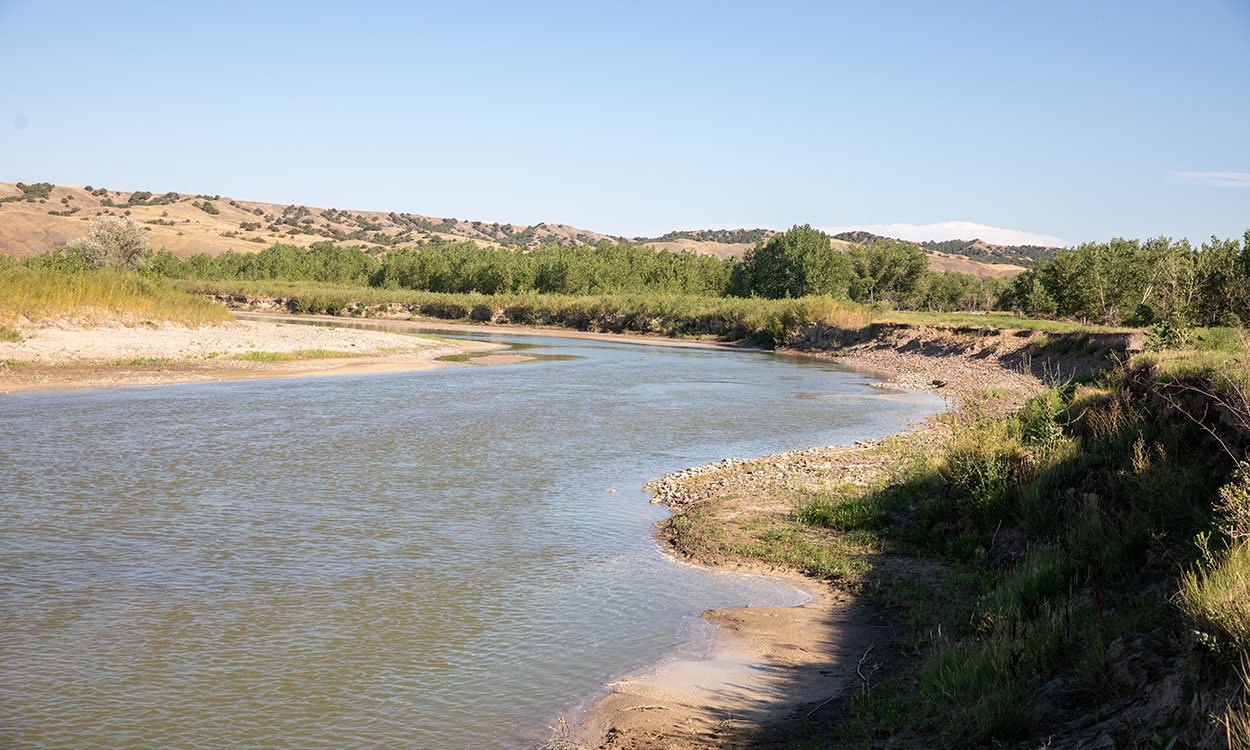
Water Rights in a Time of Drought
During a drought, it is not surprising that the South Dakota Water Rights Program will see an increase in permit applications. In South Dakota, water is considered the property of the people of the state, and depending on your intended water use, a water right permit may be needed.

South Dakota Joins 2021 Mountain Plains Crunch Off
September 08, 2021
South Dakota State University Extension and the South Dakota Department of Education’s Division of Child and Adult Nutrition Services are partnering to bring this event to the state Oct. 4-8.

Drought and Heat Effects on Corn Production
Nearly every season in South Dakota there are periods of hot, dry weather in at least parts of the state. While we have no control over the weather, producers can prepare for drought stress by using proactive practices.
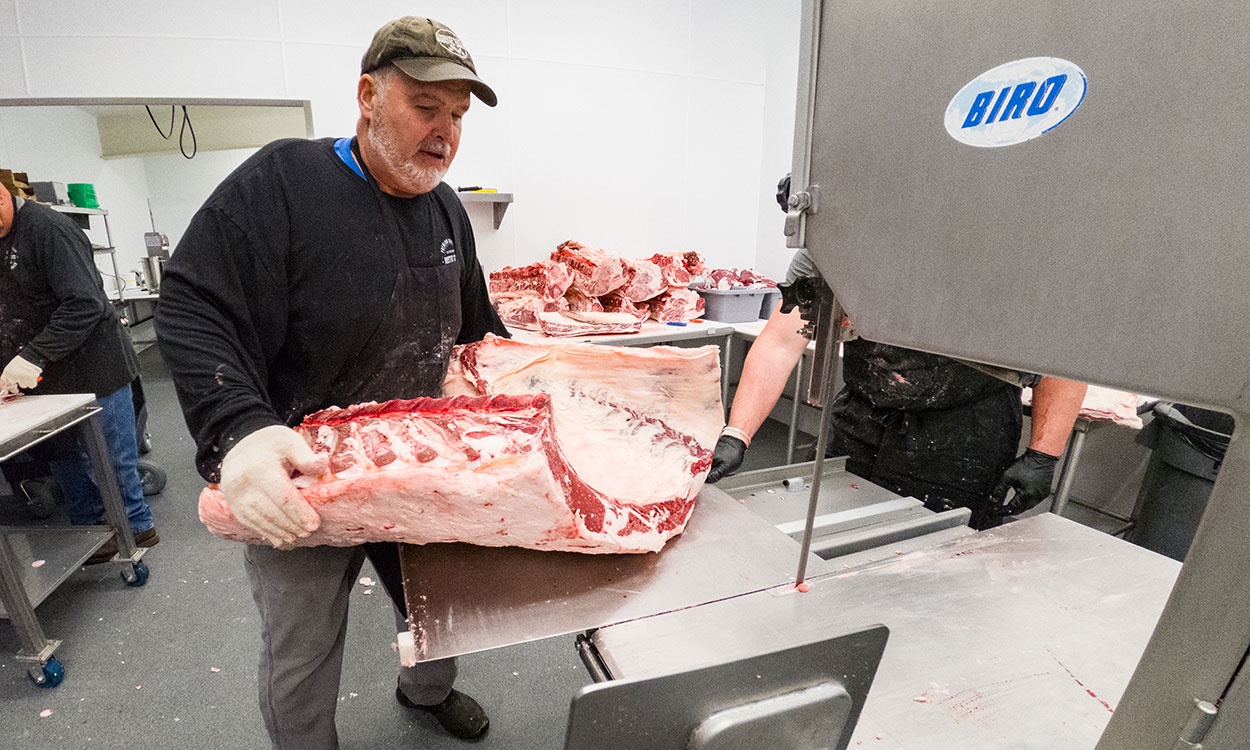
Expanded Meat and Poultry Processing Resources Available to S.D. Livestock Producers and Meat Processors
The USDA's commitment to creating a more-resilient, diverse and equitable meat and poultry processing system is making new opportunities for rancher-owned enterprises, worker-owned housing and other cooperative initiatives.
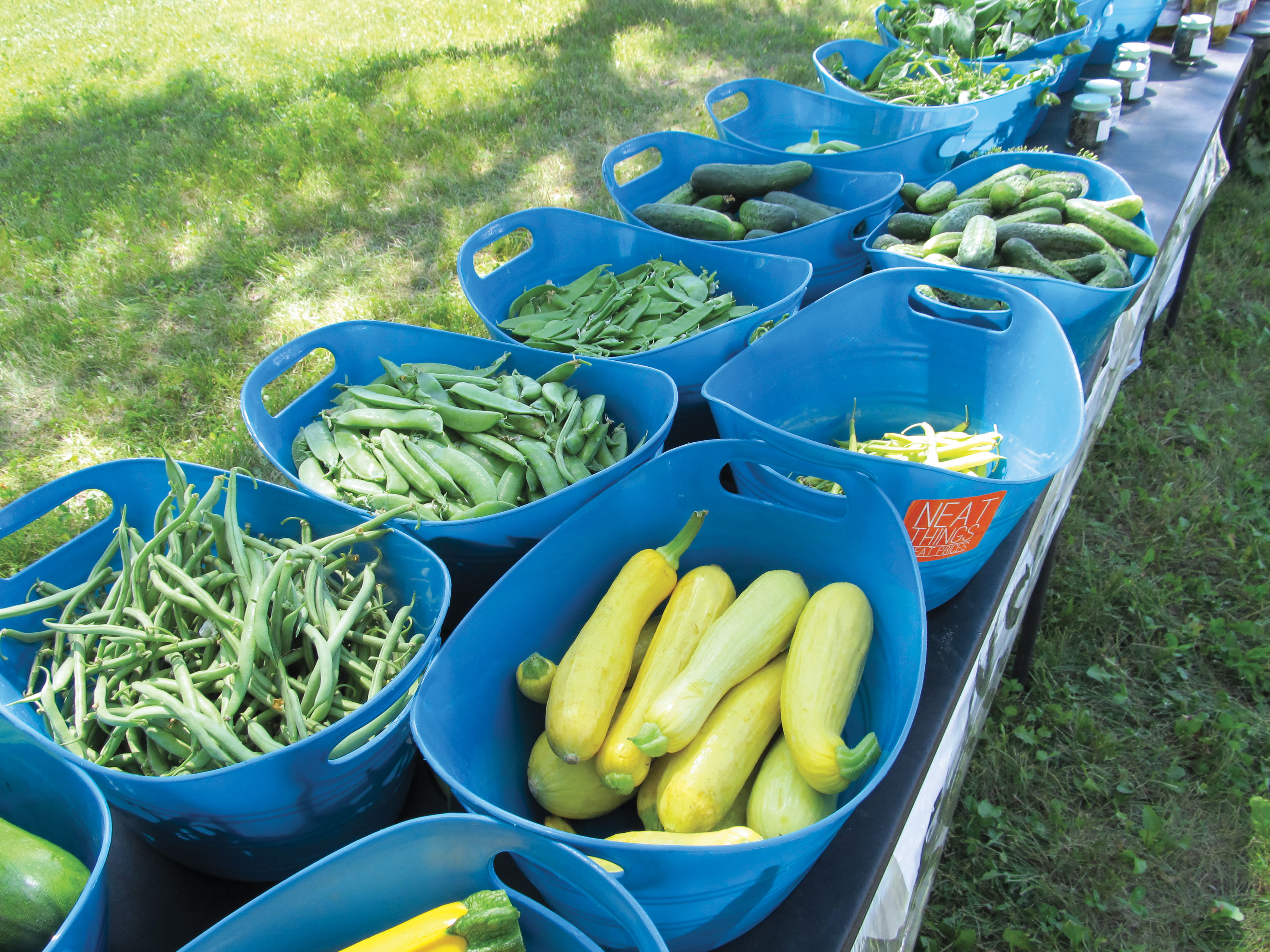
Food Safety for Farmers Markets
Food safety bulletins for farmers markets and other direct marketing vendors
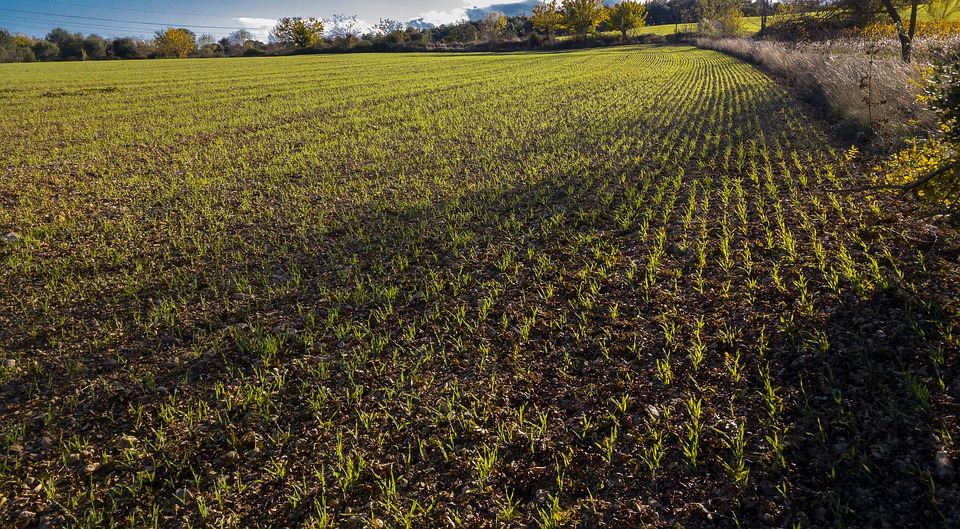
Winter Wheat Breaking Dormancy Early
A threshold indicator for winter wheat emergence is to consider average temperatures over a 14-day period. When that 14-day average temperature is equal to or above 5°C, or 41°F, then hard red winter wheat can break dormancy.
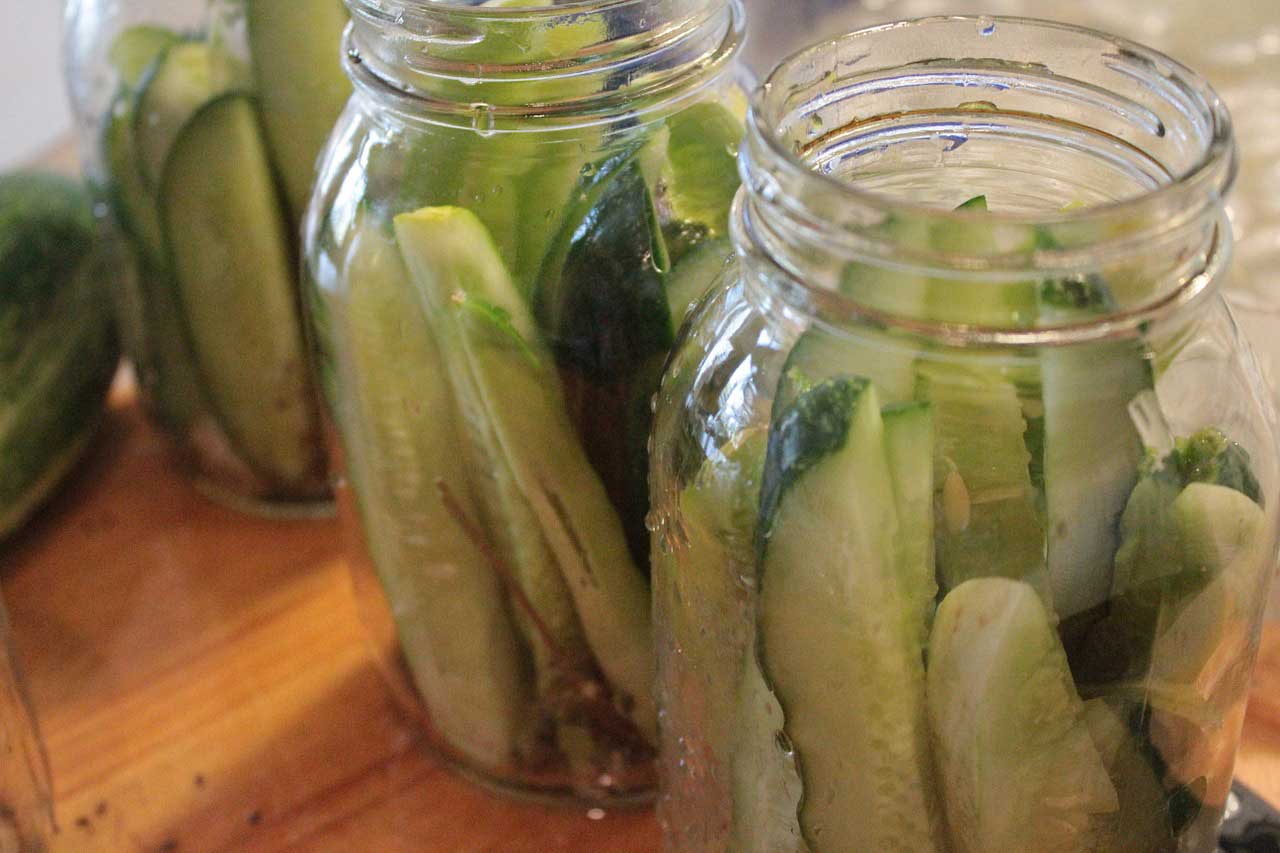
South Dakota Cottage Home Processing Food Safety
The Cottage Home Processing Food Safety course serves as the approved food safety training for HB1322.
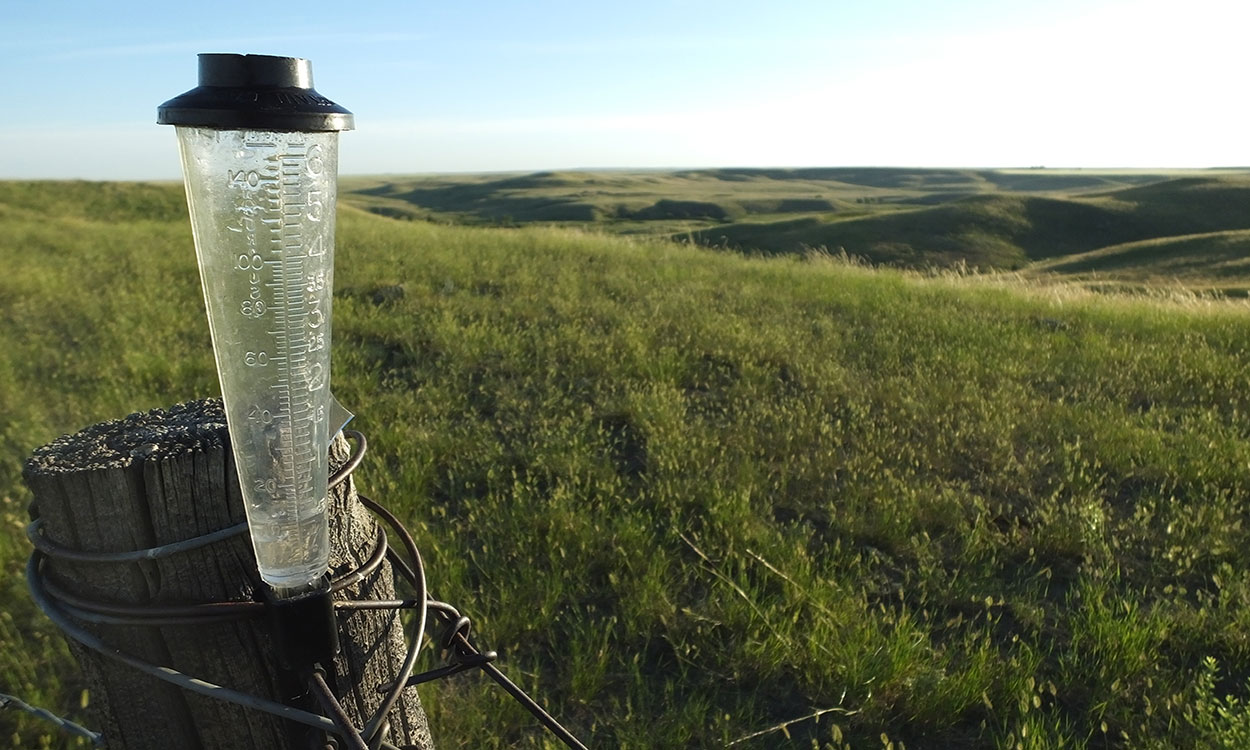
Five Range Management Principles: #5 Climate Ready
Understanding your ranching system is critical, and identifying anticipated soil-plant-animal responses during periods of dry, wet, or normal conditions will enable you to develop climate-ready practices. Learn how to get started today!
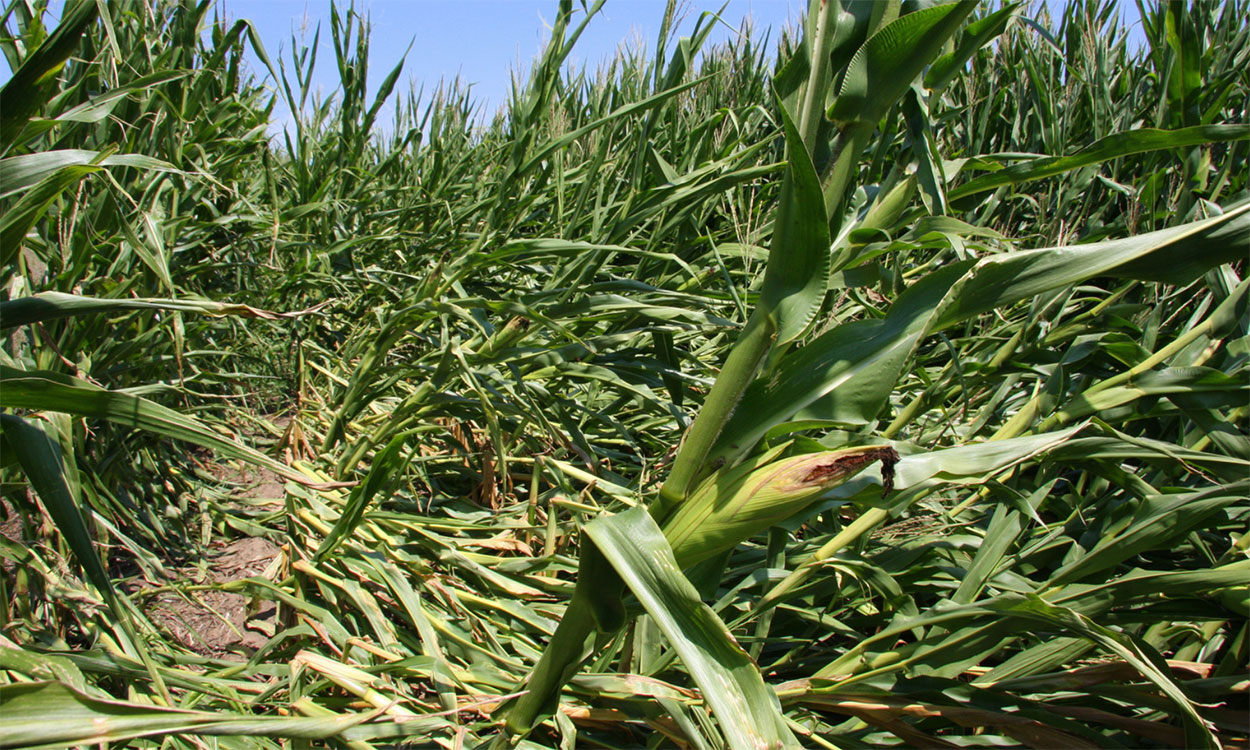
Wind Injury in Corn
In the aftermath of severe weather, levels of wind damage in corn can vary greatly from field to field. How plants recover largely depends on wind velocity and corn growth stage.